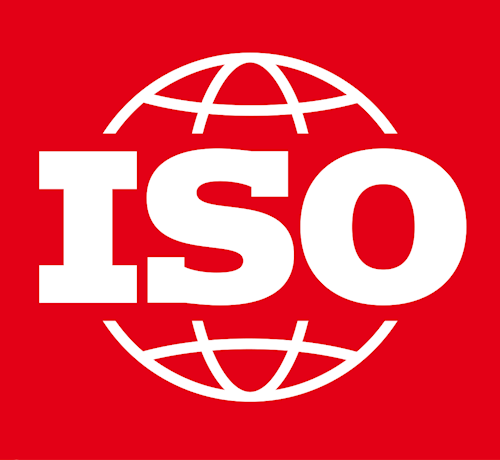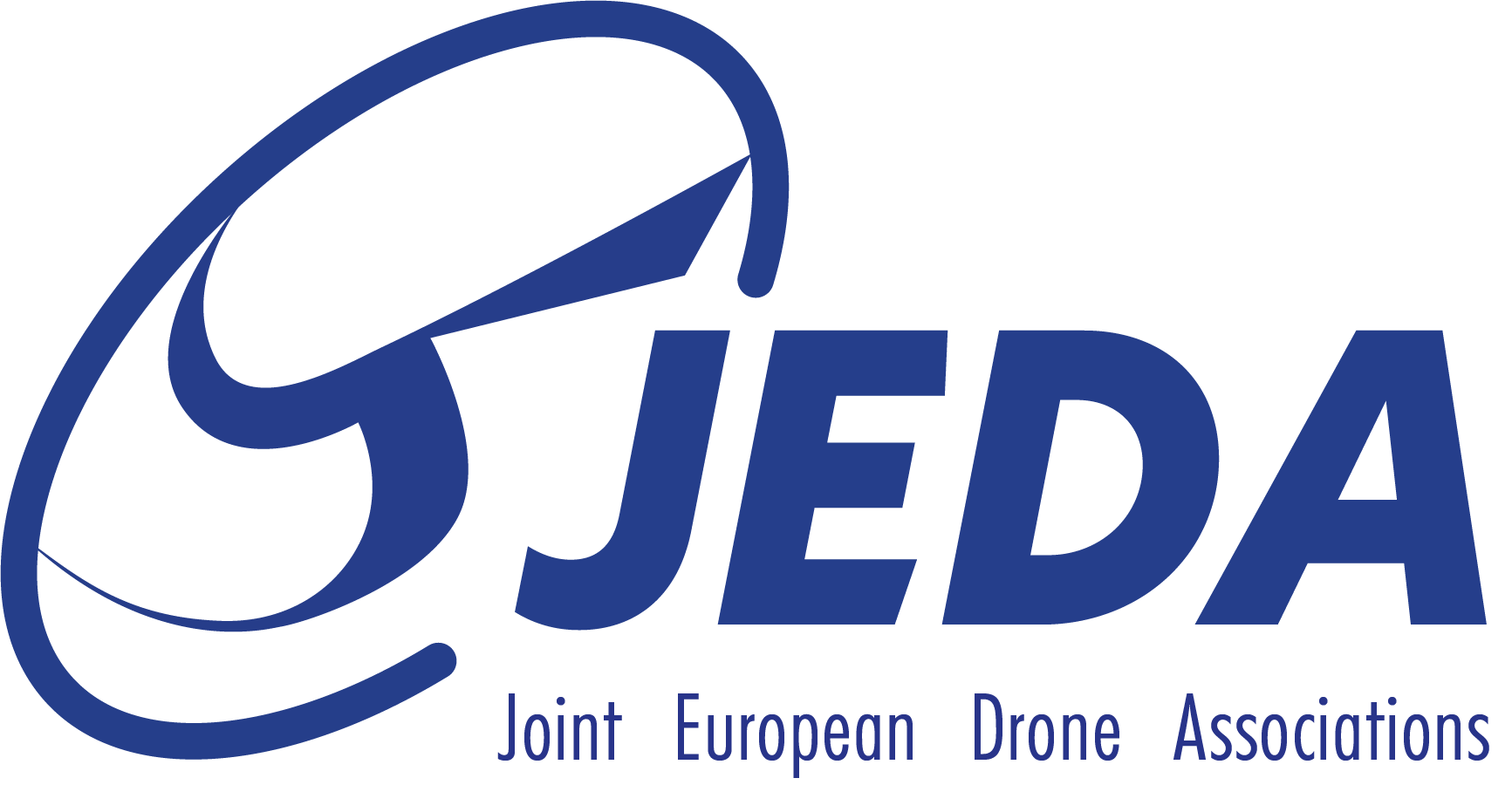EUROCAE currently has around 450+ members, including industry, service providers, regulators, research institutes and international organisations.
EUROCAE membership is open to organisations and industries worldwide. EUROCAE in the interest of its stakeholders, develops technical standards for the industry and in support of regulations, aiming to increase safety, market potential, facilitate interoperability and encourage technological development.
The development of EUROCAE documents is governed by a well-proven core process promoting team work, excellence, industry buy-in and consensus while ensuring safety. To date, EUROCAE has published more than 300 EUROCAE documents (EDs), which are recognised worldwide as high quality and state of the art standards.
Working Groups (WGs) are well known in the aviation environment and their competencies are recognised in Europe by the European Commission, the EASA, EUROCONTROL, the European CAAs, Airports, ANSP’s, Airlines, etc. and internationally by ICAO, US FAA, IATA, CANSO and many more.
WGs are tasked to develop standards and other technical or operational specifications with a key objective to deliver documents resulting from a consensus-driven process by the involved members and submitted to a worldwide open consultation. EUROCAE WGs currently involve more than 5 000 experts from more than 40 countries around the globe participating and contributing on voluntary basis.
Several EUROCAE WGs are developing documents jointly or in close collaboration with partner organisations like RTCA, SAE and ARINC.
EUROCAE has been committed to the EUSCG since its creation, providing the Secretariat function for the group.
Visit website
















